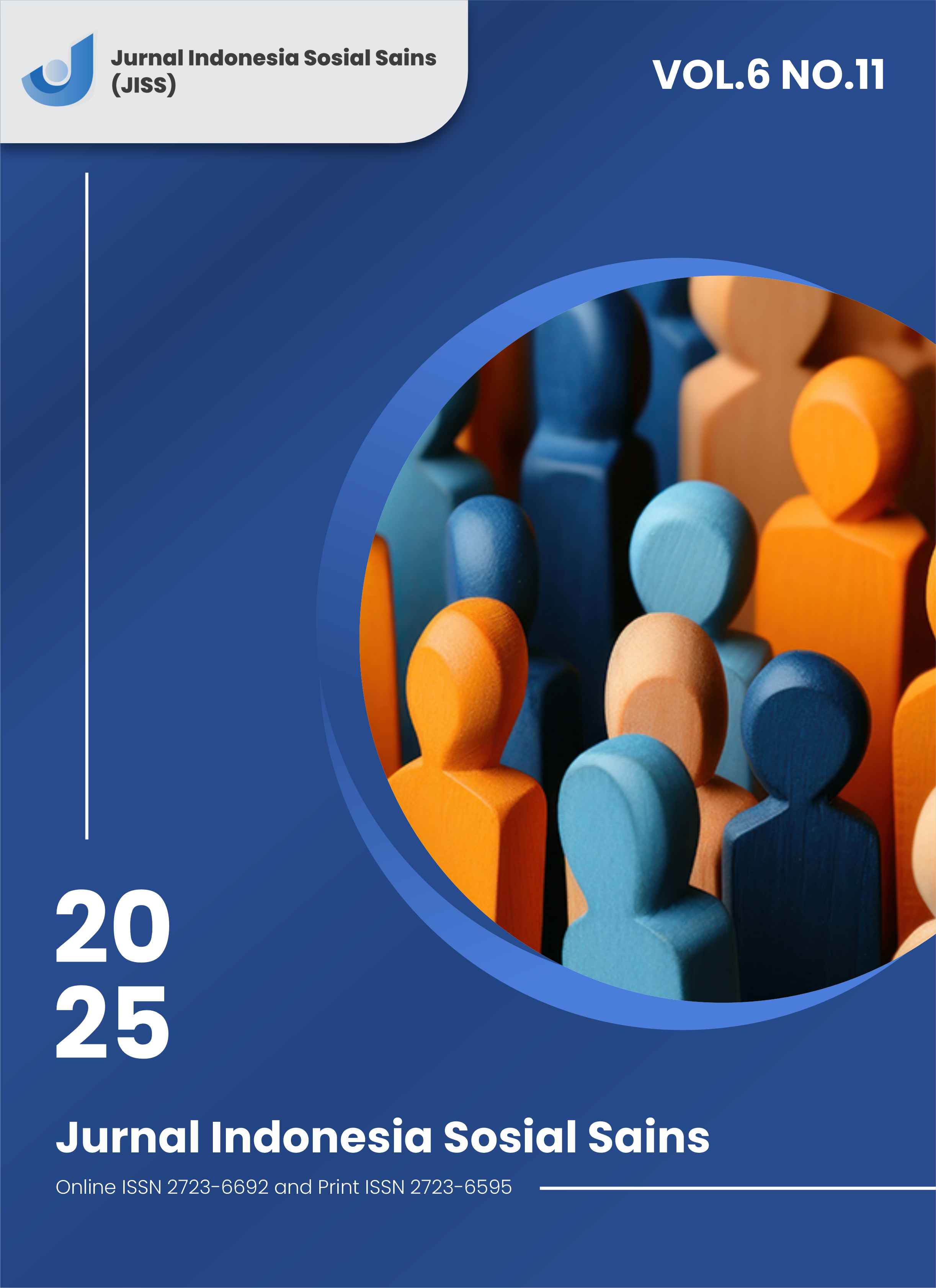Implementation of Bloom's Theory in Quality Improvement Collaborative Strategies to Reduce Preeclampsia Cases
DOI:
https://doi.org/10.59141/jiss.v6i11.2076Keywords:
Quality Improvement Collaborative, Preeclampsia Prevention, Maternal HealthAbstract
The main target of the third goal of the Sustainable Development Goals (SDGs) regarding health and well-being is to reduce the Maternal Mortality Rate to below 70 per 100,000 live births by 2030. Preeclampsia is the leading cause of maternal death in 2023. Reducing the Maternal Mortality Rate will not be effective if it relies solely on government programs without support and participation from all parties. The Quality Improvement Collaborative is a form of cooperation among staff, professions, and work units focused on maximizing the use of resources to achieve the shared goal of improving patient care quality. This activity aims to deepen the understanding of the Quality Improvement Collaborative in reducing preeclampsia cases, using a socialization method involving several work units. The community service on Quality Improvement Collaborative to reduce preeclampsia cases was held on January 17, 2025, in two sessions. It used the Participatory Learning and Action (PLA) approach and included three stages: preparation, implementation, and evaluation. The evaluation results of the pre-test and post-test using the Wilcoxon test showed a significant increase in knowledge, with a p-value of 0.000. This service effectively increased knowledge, which serves as the main foundation for taking action. Similar activities can be continued by utilizing more innovative media to enhance their effectiveness.
Downloads
Published
How to Cite
Issue
Section
License
Copyright (c) 2025 Andreas Syabrullah, Herin Mawarti, Masruroh Masruroh, Muhammad Zulfikar Asumta, Muhammad Zulfikar Asumta

This work is licensed under a Creative Commons Attribution-ShareAlike 4.0 International License.
Authors who publish with this journal agree to the following terms:
- Authors retain copyright and grant the journal right of first publication with the work simultaneously licensed under a Creative Commons Attribution-ShareAlike 4.0 International. that allows others to share the work with an acknowledgement of the work's authorship and initial publication in this journal.
- Authors are able to enter into separate, additional contractual arrangements for the non-exclusive distribution of the journal's published version of the work (e.g., post it to an institutional repository or publish it in a book), with an acknowledgement of its initial publication in this journal.
- Authors are permitted and encouraged to post their work online (e.g., in institutional repositories or on their website) prior to and during the submission process, as it can lead to productive exchanges, as well as earlier and greater citation of published work.












